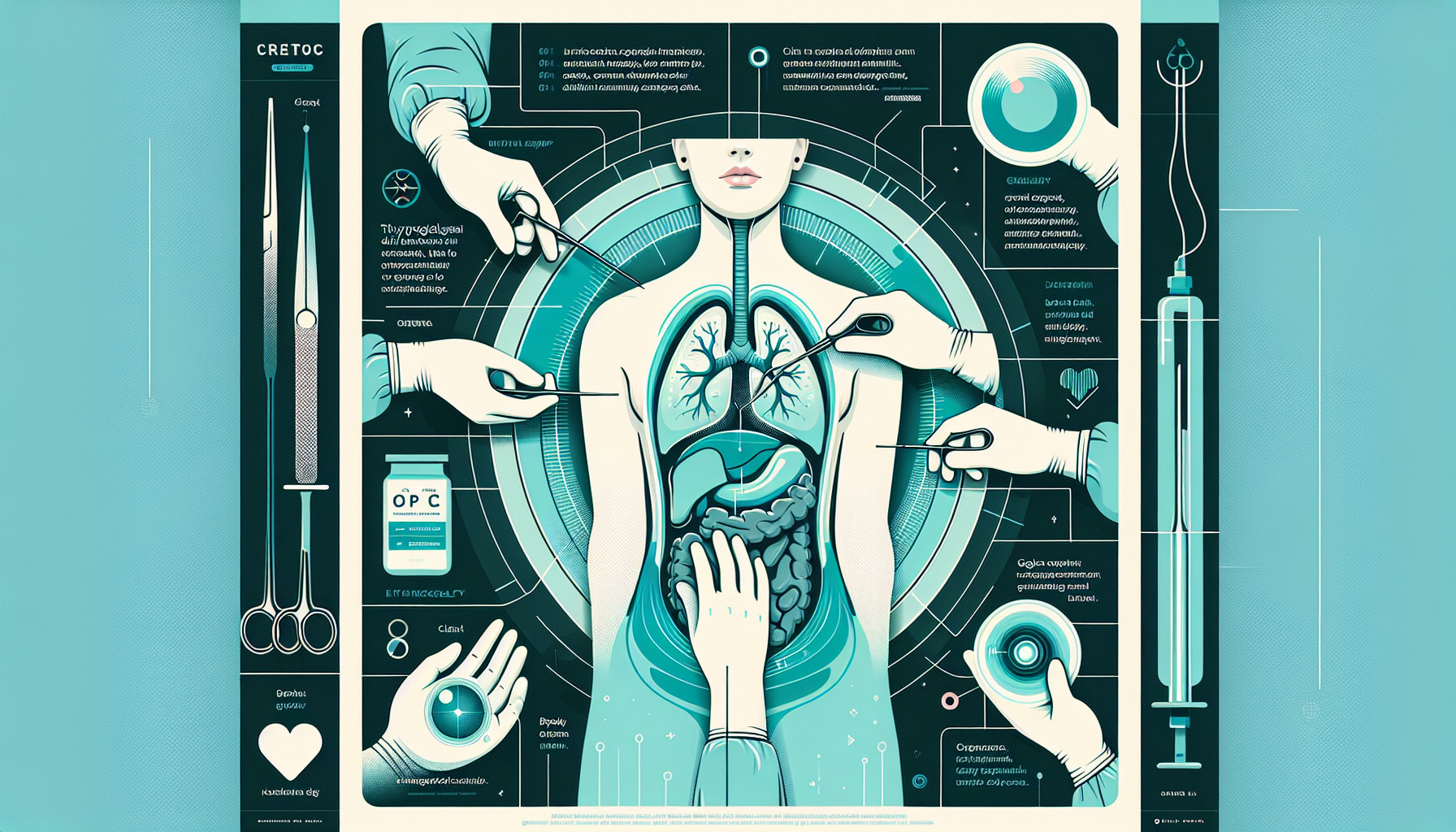Our Summary
This research paper discusses a study that looked at the effectiveness of a specific treatment for a type of cyst that can form in children’s throats. These cysts, known as lingual thyroglossal duct cysts, can cause difficulty in breathing and a noisy sound when the child is breathing in.
The researchers looked at the medical records of 22 children who had these cysts and were treated at their hospital between December 2016 and December 2023. The children, comprised of 16 boys and 6 girls, ranged in age from 2 months to just over 12 years.
The treatment involved using a special type of surgery called coblation, which uses low temperature to remove tissue, and a self-retaining laryngoscope, an instrument that helps doctors see the throat area during surgery. If the cyst couldn’t be completely removed, the doctors would use the coblation to destroy the remaining cyst cells.
The researchers found that more than half of the children had symptoms of noisy breathing and difficulty breathing. After the surgery, the children were checked again with the laryngoscope. They found that in about 18% of the cases, the cysts came back, but there were no complications like throat blockage, bleeding, or nerve damage.
The researchers concluded that this treatment is a safe and effective way to treat these types of cysts in children. They also found that the main reason the cysts came back was because some of the cyst walls were left behind during surgery. This suggests that doctors need to be more careful during surgery to ensure no part of the cyst is left.
FAQs
- What are the main symptoms of lingual thyroglossal duct cysts in children?
- How effective is the coblation resection of lingual thyroglossal duct cysts under self-retaining laryngoscopy?
- What is the correlation between cyst recurrence and residual cyst walls in the removal of lingual thyroglossal duct cysts?
Doctor’s Tip
A helpful tip a doctor might tell a patient about thyroglossal duct cyst removal is to follow post-operative care instructions closely, including keeping the surgical site clean and dry, avoiding strenuous activities, and attending follow-up appointments as scheduled. It is also important to report any signs of infection or complications to the doctor promptly. Additionally, maintaining good oral hygiene and staying hydrated can help promote healing after surgery.
Suitable For
Patients who are typically recommended for thyroglossal duct cyst removal are those with lingual thyroglossal duct cysts, especially children who present with symptoms such as laryngeal stridor and dyspnea. In this study, patients aged 2 months to 12 years and 3 months underwent coblation resection of lingual thyroglossal duct cysts under self-retaining laryngoscopy, with successful outcomes. Recurrence of the cysts was observed in some cases, highlighting the importance of complete removal of the cyst walls to prevent recurrence. This procedure was found to be safe and effective for treating lingual thyroglossal duct cysts in pediatric patients.
Timeline
Before thyroglossal duct cyst removal:
- Patients may experience symptoms such as laryngeal stridor and dyspnea.
- The cyst may be visible or palpable in the neck area.
- Diagnostic tests such as ultrasound or CT scan may be performed to confirm the presence of the cyst.
- Patients may undergo pre-operative consultations with an ENT specialist or pediatric surgeon to discuss the procedure and potential risks.
After thyroglossal duct cyst removal:
- Patients will undergo coblation resection of the lingual thyroglossal duct cyst under self-retaining laryngoscopy.
- The cyst will be completely removed, and any remaining cyst walls will be ablated.
- Postoperative follow-up may include secondary laryngoscopic evaluation to ensure complete removal of the cyst.
- Patients may experience a recurrence rate of 18.2%, with no laryngeal obstruction, bleeding, or nerve damage reported.
- The procedure is considered safe and effective for treating lingual thyroglossal duct cysts in children.
What to Ask Your Doctor
Some questions a patient should ask their doctor about thyroglossal duct cyst removal may include:
- What are the risks and potential complications associated with the coblation resection of a lingual thyroglossal duct cyst?
- How long is the recovery period after the surgery and what can I expect in terms of pain and discomfort?
- Will there be any restrictions on my diet or activities following the surgery?
- What is the likelihood of the cyst recurring after the removal and what steps can be taken to prevent this?
- Are there any specific post-operative care instructions that I need to follow to ensure proper healing?
- How often will I need follow-up appointments to monitor my progress and check for any signs of recurrence?
- Are there any alternative treatment options available for lingual thyroglossal duct cysts?
- What experience does the surgeon have with performing coblation resections on lingual thyroglossal duct cysts?
- Will I need to undergo any additional testing or imaging before the surgery to ensure the cyst is being properly addressed?
- What is the overall success rate of coblation resection for lingual thyroglossal duct cysts and what factors may affect the outcome of the surgery?
Reference
Authors: Ji W, Zhang H, Fan M, Zhao X, Yang S. Journal: Lin Chuang Er Bi Yan Hou Tou Jing Wai Ke Za Zhi. 2025 Aug;39(8):763-765;770. doi: 10.13201/j.issn.2096-7993.2025.08.013. PMID: 40744889
